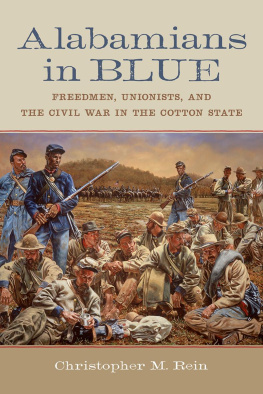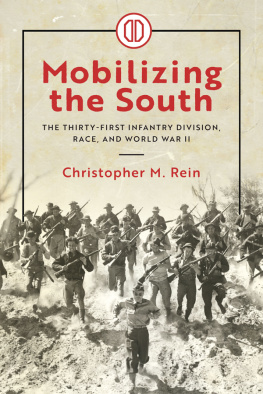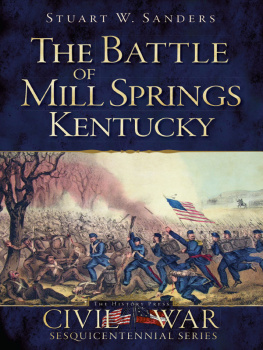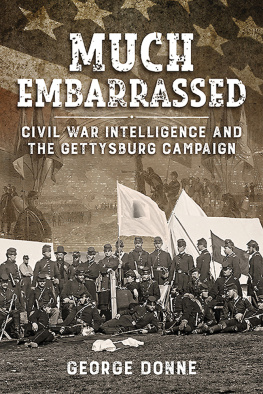Christopher M. Rein - Alabamians in Blue: Freedmen, Unionists, and the Civil War in the Cotton State (Conflicting Worlds: New Dimensions of the American Civil War)
Here you can read online Christopher M. Rein - Alabamians in Blue: Freedmen, Unionists, and the Civil War in the Cotton State (Conflicting Worlds: New Dimensions of the American Civil War) full text of the book (entire story) in english for free. Download pdf and epub, get meaning, cover and reviews about this ebook. year: 2019, publisher: LSU Press, genre: Politics. Description of the work, (preface) as well as reviews are available. Best literature library LitArk.com created for fans of good reading and offers a wide selection of genres:
Romance novel
Science fiction
Adventure
Detective
Science
History
Home and family
Prose
Art
Politics
Computer
Non-fiction
Religion
Business
Children
Humor
Choose a favorite category and find really read worthwhile books. Enjoy immersion in the world of imagination, feel the emotions of the characters or learn something new for yourself, make an fascinating discovery.
- Book:Alabamians in Blue: Freedmen, Unionists, and the Civil War in the Cotton State (Conflicting Worlds: New Dimensions of the American Civil War)
- Author:
- Publisher:LSU Press
- Genre:
- Year:2019
- Rating:3 / 5
- Favourites:Add to favourites
- Your mark:
Alabamians in Blue: Freedmen, Unionists, and the Civil War in the Cotton State (Conflicting Worlds: New Dimensions of the American Civil War): summary, description and annotation
We offer to read an annotation, description, summary or preface (depends on what the author of the book "Alabamians in Blue: Freedmen, Unionists, and the Civil War in the Cotton State (Conflicting Worlds: New Dimensions of the American Civil War)" wrote himself). If you haven't found the necessary information about the book — write in the comments, we will try to find it.
Alabamians in Blue offers an in-depth scholarly examination of Alabamas black and white Union soldiers and their contributions to the eventual success of the Union army in the western theater. Christopher M. Rein contends that the states anti-Confederate residents tendered an important service to the North, primarily by collecting intelligence and protecting logistical infrastructure. He highlights an underappreciated period of biracial cooperation, underwritten by massive support from the federal government. Providing a broad synthesis, Reins study demonstrates that southern dissenters were not passive victims but rather active participants in their own liberation.
Ecological factors, including agricultural collapse under levies from both armies, may have provided the initial impetus for Union enlistment. Federal pillaging inflicted further heavy destruction on plantation agriculture. The breakdown in basic subsistence that ensued pushed Alabamas freedmen and Unionists into federal camps in garrison cities in search of relief and the opportunity for revenge. Once in uniform, Alabamas Union soldiers served alongside northern regiments and frustrated Confederate General Nathan Bedford Forrests attempts to interrupt the Union supply efforts in the 1864 Atlanta campaign, which led to the collapse of Confederate arms in the western theater and the eventual Union victory. Rein describes a hybrid warfare of simultaneous conventional and guerilla battles, where each significantly influenced the other. He concludes that the conventional conflict both prompted and eventually ended the internecine warfare that largely marked the states experience of the war.
A comprehensive analysis of military, social, and environmental history, Alabamians in Blue uncovers a past of biracial cooperation in the American South, and in Alabama in particular, that postwar adherents to the Myth of the Lost Cause have successfully suppressed until now.
Christopher M. Rein: author's other books
Who wrote Alabamians in Blue: Freedmen, Unionists, and the Civil War in the Cotton State (Conflicting Worlds: New Dimensions of the American Civil War)? Find out the surname, the name of the author of the book and a list of all author's works by series.








